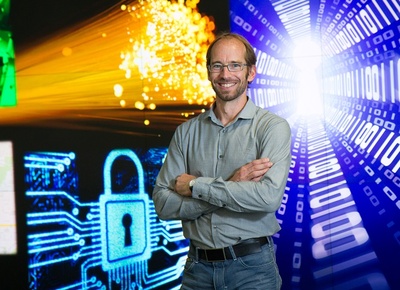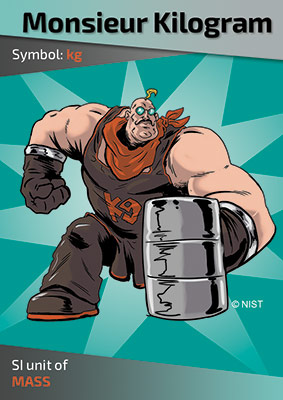It’s a crystal arranged in time according to a March 8, 2017 University of Texas at Austin news release (also on EurekAlert), Note: Links have been removed,
Salt, snowflakes and diamonds are all crystals, meaning their atoms are arranged in 3-D patterns that repeat. Today scientists are reporting in the journal Nature on the creation of a phase of matter, dubbed a time crystal, in which atoms move in a pattern that repeats in time rather than in space.
The atoms in a time crystal never settle down into what’s known as thermal equilibrium, a state in which they all have the same amount of heat. It’s one of the first examples of a broad new class of matter, called nonequilibrium phases, that have been predicted but until now have remained out of reach. Like explorers stepping onto an uncharted continent, physicists are eager to explore this exotic new realm.
“This opens the door to a whole new world of nonequilibrium phases,” says Andrew Potter, an assistant professor of physics at The University of Texas at Austin. “We’ve taken these theoretical ideas that we’ve been poking around for the last couple of years and actually built it in the laboratory. Hopefully, this is just the first example of these, with many more to come.”
Some of these nonequilibrium phases of matter may prove useful for storing or transferring information in quantum computers.
Potter is part of the team led by researchers at the University of Maryland who successfully created the first time crystal from ions, or electrically charged atoms, of the element ytterbium. By applying just the right electrical field, the researchers levitated 10 of these ions above a surface like a magician’s assistant. Next, they whacked the atoms with a laser pulse, causing them to flip head over heels. Then they hit them again and again in a regular rhythm. That set up a pattern of flips that repeated in time.
Crucially, Potter noted, the pattern of atom flips repeated only half as fast as the laser pulses. This would be like pounding on a bunch of piano keys twice a second and notes coming out only once a second. This weird quantum behavior was a signature that he and his colleagues predicted, and helped confirm that the result was indeed a time crystal.
The team also consists of researchers at the National Institute of Standards and Technology, the University of California, Berkeley and Harvard University, in addition to the University of Maryland and UT Austin.
Frank Wilczek, a Nobel Prize-winning physicist at the Massachusetts Institute of Technology, was teaching a class about crystals in 2012 when he wondered whether a phase of matter could be created such that its atoms move in a pattern that repeats in time, rather than just in space.
Potter and his colleague Norman Yao at UC Berkeley created a recipe for building such a time crystal and developed ways to confirm that, once you had built such a crystal, it was in fact the real deal. That theoretical work was announced publically last August and then published in January in the journal Physical Review Letters.
A team led by Chris Monroe of the University of Maryland in College Park built a time crystal, and Potter and Yao helped confirm that it indeed had the properties they predicted. The team announced that breakthrough—constructing a working time crystal—last September and is publishing the full, peer-reviewed description today in Nature.
A team led by Mikhail Lukin at Harvard University created a second time crystal a month after the first team, in that case, from a diamond.
Here’s a link to and a citation for the paper,
Observation of a discrete time crystal by J. Zhang, P. W. Hess, A. Kyprianidis, P. Becker, A. Lee, J. Smith, G. Pagano, I.-D. Potirniche, A. C. Potter, A. Vishwanath, N. Y. Yao, & C. Monroe. Nature 543, 217–220 (09 March 2017) doi:10.1038/nature21413 Published online 08 March 2017
This paper is behind a paywall.


